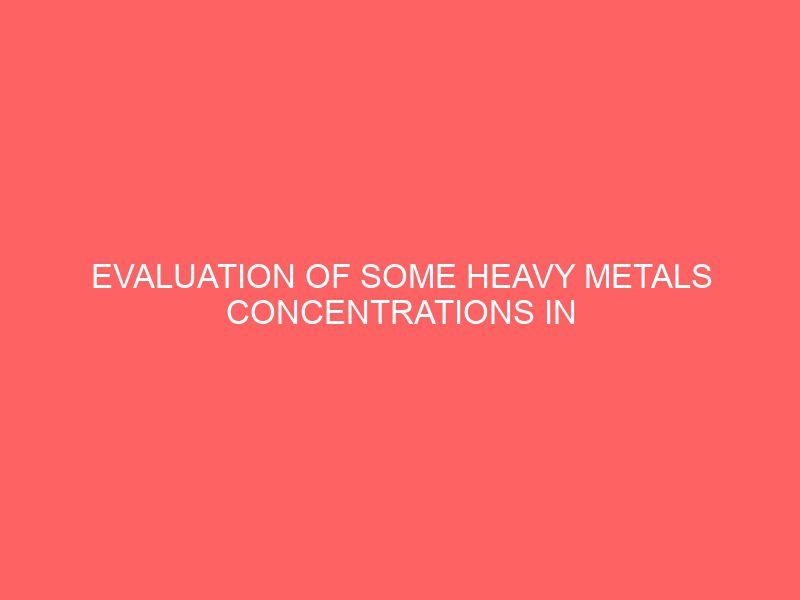Description
EVALUATION OF SOME HEAVY METALS CONCENTRATIONS IN CHOCOLATE, CANDIES AND TOMATO PUREE IMPORTED FROM CHINA
ABSTRACT
This study was initiated as a follow-up information on some impounded products tomato puree (Samples A and B) chocolates and candies (Samples C, D, E and F) imported from China, and sold in Nigerian markets. This result as their failure to meet National Agency for food drug administration and control (NAFDAC) regulatory standard. Samples A, B, C, D, E and F were collected in five markets from each six states of the six geographical zones: North-West (Kano), North-East (Bauchi), North-Central (Kogi), South-West (Lagos), South-East (Abia), and South-South (Rivers) of the country. In order to evaluate the quality of the products, the levels of some heavy metals (Cu, Mn, Fe, Ni, Zn, Ti and Cr) were evaluated in the samples using X-ray fluorescence (XRF). Concentrations of metals in both tomato puree ranged 4.0 4.5 mg/g for Cu, 18.0 42.5mg/g for Mn, 26.0 62.5mg/g for Fe, 4.0 56.0mg/g for Ni, 27.0 35.2mg/g for Zn, ND 25.0mg/g for Ti, and ND 20.0mg/g for Cr while concentrations of metals in both chocolates and candies ranged 3.0 4.2 mg/g for Cu, 40.0 55.7mg/g for Mn, ND 102.5mg/g for Fe, ND 305.0mg/g for Ni, ND 42.5mg/g for Zn, ND 23.8mg/g for Ti, and ND 10.8mg/g for Cr. The concentrations of all the metals studied were generally higher in samples A and B compared to recommended levels of these metals in vegetable crops. Also, the data showed that these metals are at higher levels in samples C, D, E and F compared to other studies in candies and chocolates in Nigeria. Correlation analysis among metals revealed positive correlations, which indicates similar sources of these metals. Also, evaluation of dietary intake of these products daily revealed that sample A (except for Cu and Fe), B, C (except for Cu), D and E are above the daily dietary recommended limit for all the metals studied in food. Thus, frequent intake of these contaminated products is likely to induce health effects arising largely from Cu, Mn, Fe, Ni and Zn.







